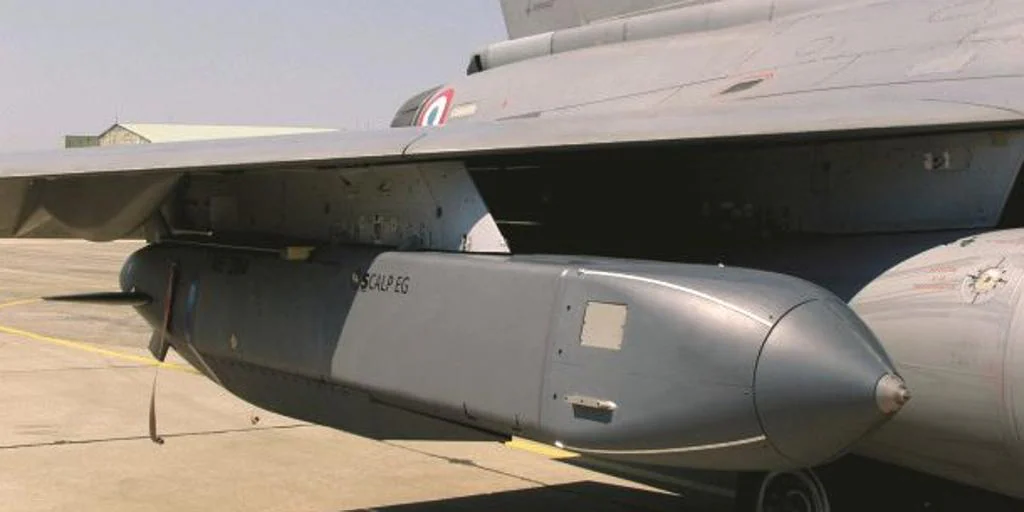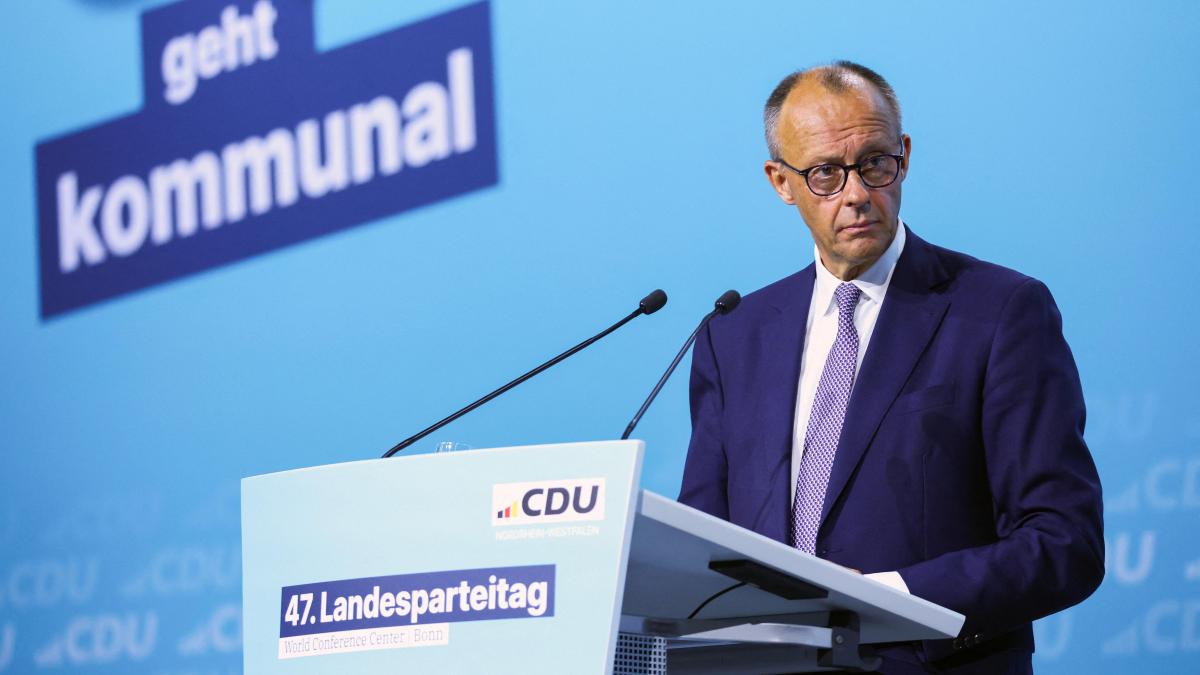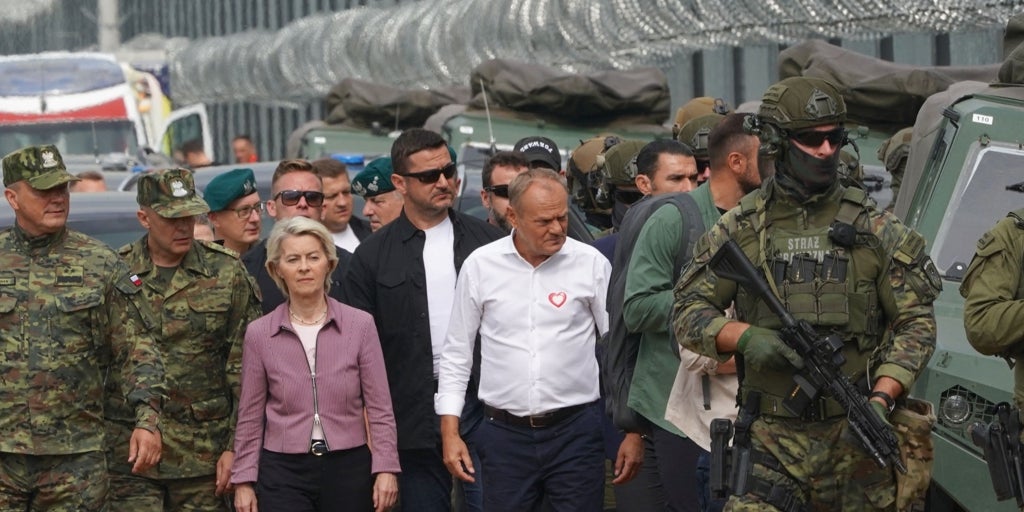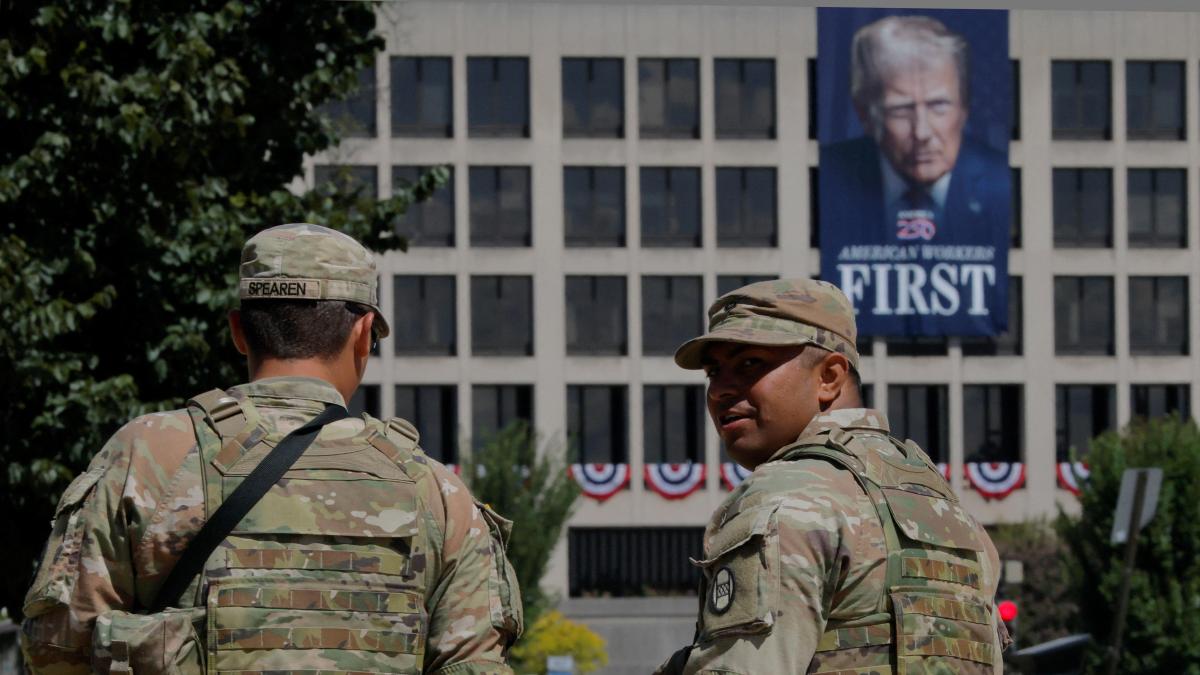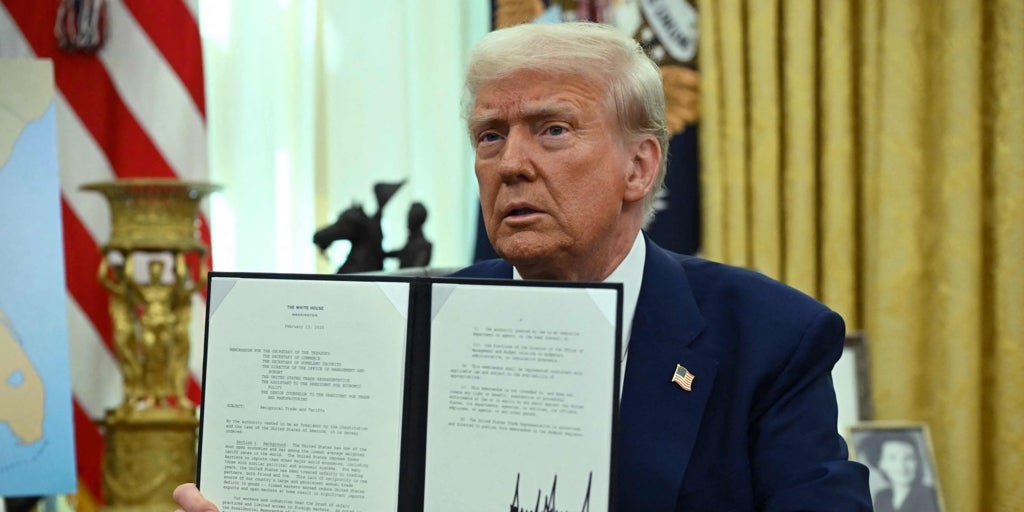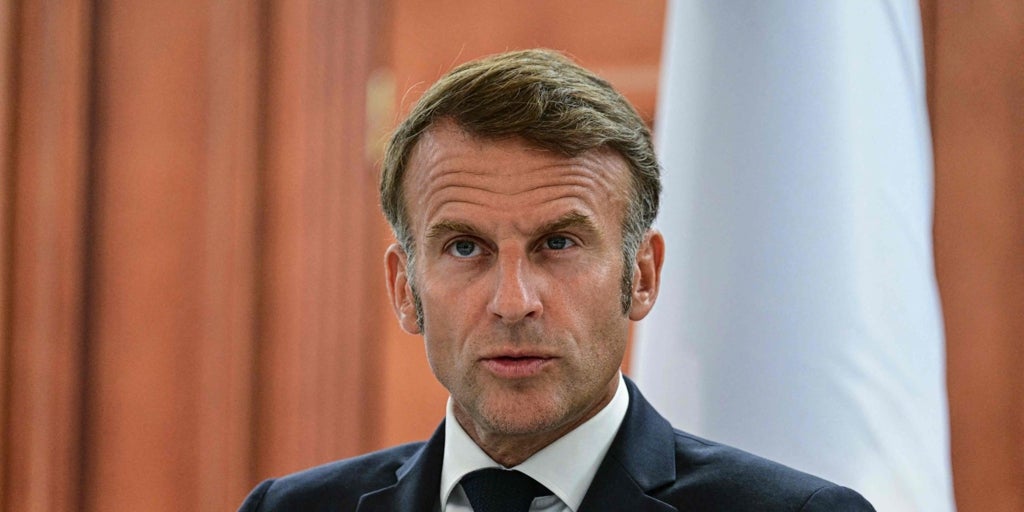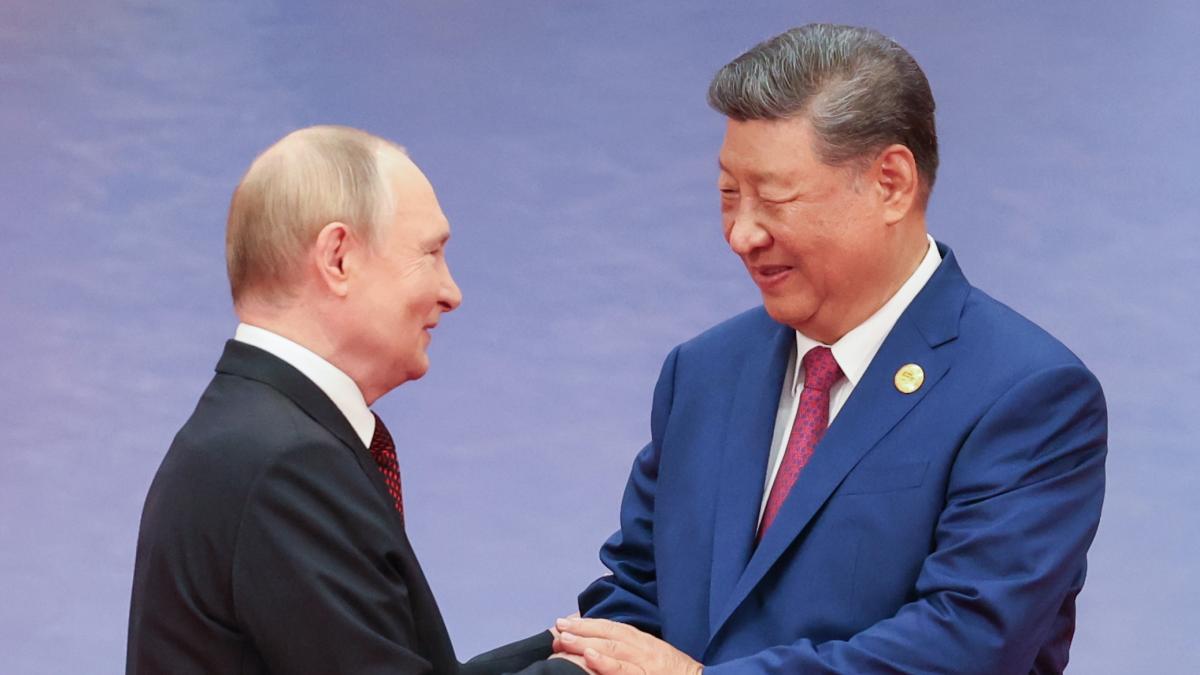In a significant escalation in the ongoing conflict, the Ukrainian Army has unleashed the British-designed Storm Shadow missiles against Russian positions, marking a pivotal moment following the authorization of ATACMS projectiles by the United States. This calculated strike showcases the growing sophistication of Ukraine’s military capabilities.
Manufactured by MBDA, the Storm Shadow missile represents the apex of modern warfare technology, previously reserved for advanced military forces like the United Kingdom, France, and Italy. Specifically engineered to target “stationary or fortified installations such as reinforced bunkers“, this weapon is not only lethal but is also designed for versatility across various combat scenarios—operating day or night under diverse weather conditions.
As articulated on MBDA’s official website, the Storm Shadow missile boasts an innovative navigation system that synergizes INS, GPS, and terrain data for exceptional precision and reliability. Moreover, it employs intricate mission planning to elude enemy air defenses, significantly enhancing its survivability during operations.
Upon launch, the missile descends to a terrain-adaptive altitude to elude detection. Its construction integrates advanced technologies that provide minimal visibility, allowing it to engage targets with a low signature that confounds enemy surveillance systems.
Precision as the Key: With an onboard infrared seeker, the Storm Shadow can intelligently differentiate between its target and surrounding objects, ensuring an attack with minimal collateral damage. This technological prowess allows the warhead to detonate in midair, upon impact, or penetrate into targets, ensuring maximum destruction where it’s needed most.
The implications of utilizing Storm Shadow missiles are profound. Not only does it signify Ukraine’s intent to intensify its offensive capabilities, but it also raises critical questions about the evolving dynamics of warfare in the region. Given that these missiles have been operationally deployed against multiple Russian ships—some of which have sustained significant damage—this has undoubtedly altered the strategic calculus for Moscow.
The Attack on Russian Territory: On Wednesday, as news broke of the missile strikes in Russian territory, analysts and military experts alike began to dissect the ramifications of such bold actions. By deploying a missile known for its ability to penetrate fortified defenses, Ukraine is sending a resounding message: it is prepared to take the fight deeper into enemy territory, potentially reshaping the objectives of its campaign.
Stats regarding the Storm Shadow bolster the narrative surrounding its capabilities. Weighing approximately 1,300 kg (2,900 lbs) with a warhead of 450 kg (990 lbs), this missile carries advanced tech that propels it at a speed of up to Mach 0.8, covering distances of about 250 km (160 miles). Designed for a variety of launch platforms—from the Saab Gripen to the upgraded Eurofighter Typhoon—the Storm Shadow is engineered for adaptability, capable of finding and obliterating high-value targets effectively.
The Future of Warfare: As the rhetoric around military engagements heightens, the geopolitical landscape continues to be fraught with tension. Armed with missiles like the Storm Shadow, Ukraine is not merely defending its sovereignty but is actively reshaping the parameters of the conflict. The joint endeavors by France and the UK to develop future weapon systems signal a vision for warfare that is centered on advanced technology and precision strikes.
In conclusion, the introduction of the Storm Shadow missile into the Ukrainian arsenal marks a watershed moment in the ongoing conflict. As it enhances capabilities against fortified positions and contributes to deeper strikes within Russian territory, this development could very well redefine military strategies employed on both sides. The world watches as Ukraine embraces innovation in warfare, aiming for victory amidst a backdrop of devastation.

